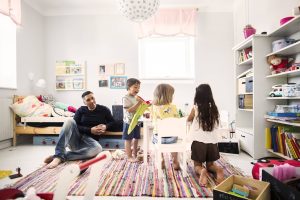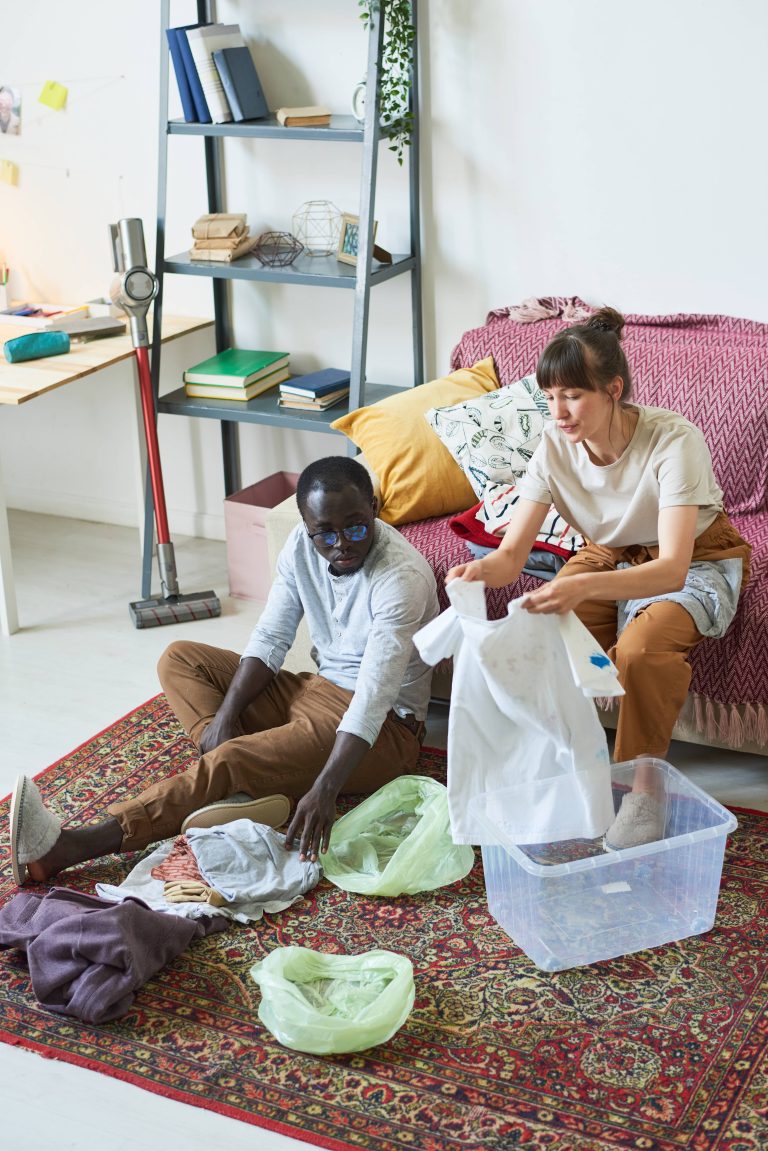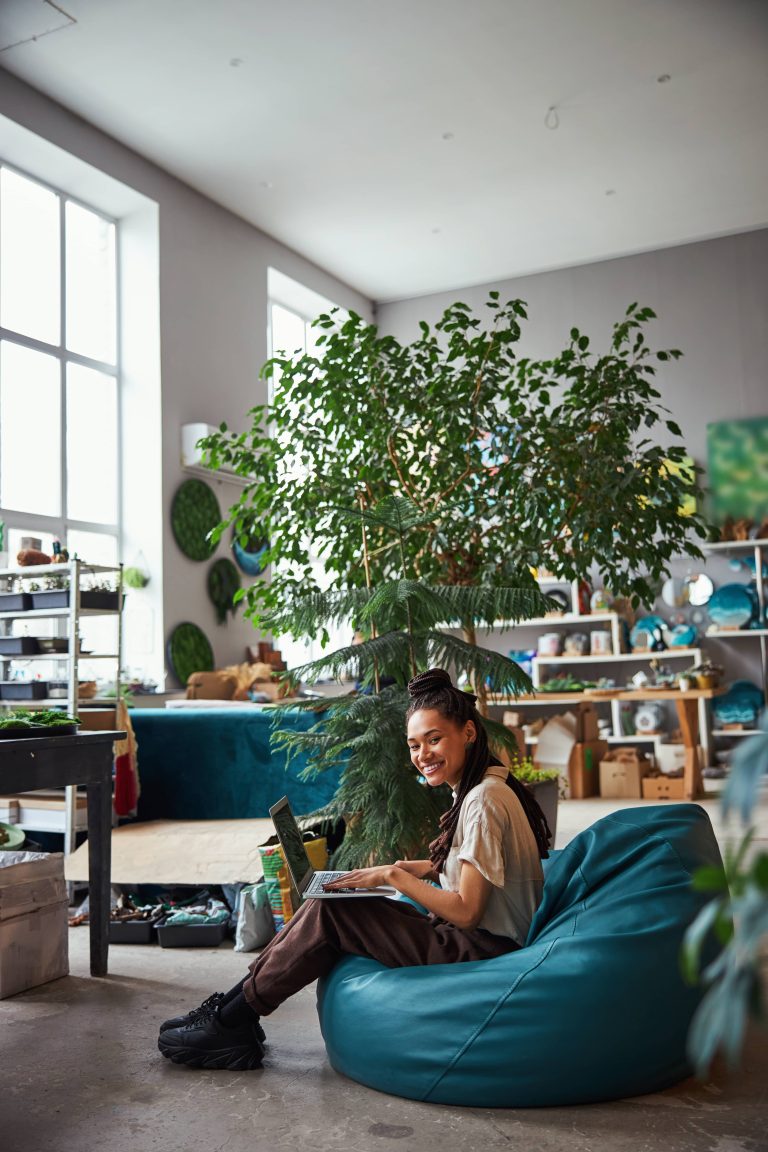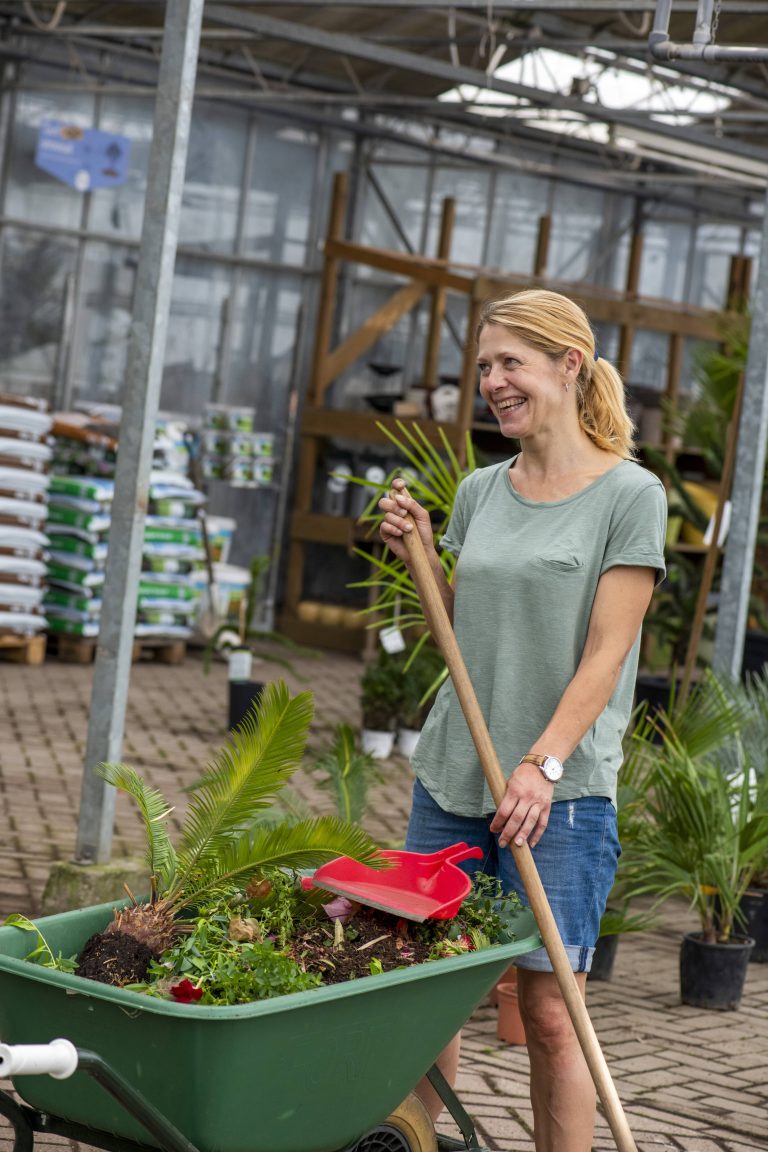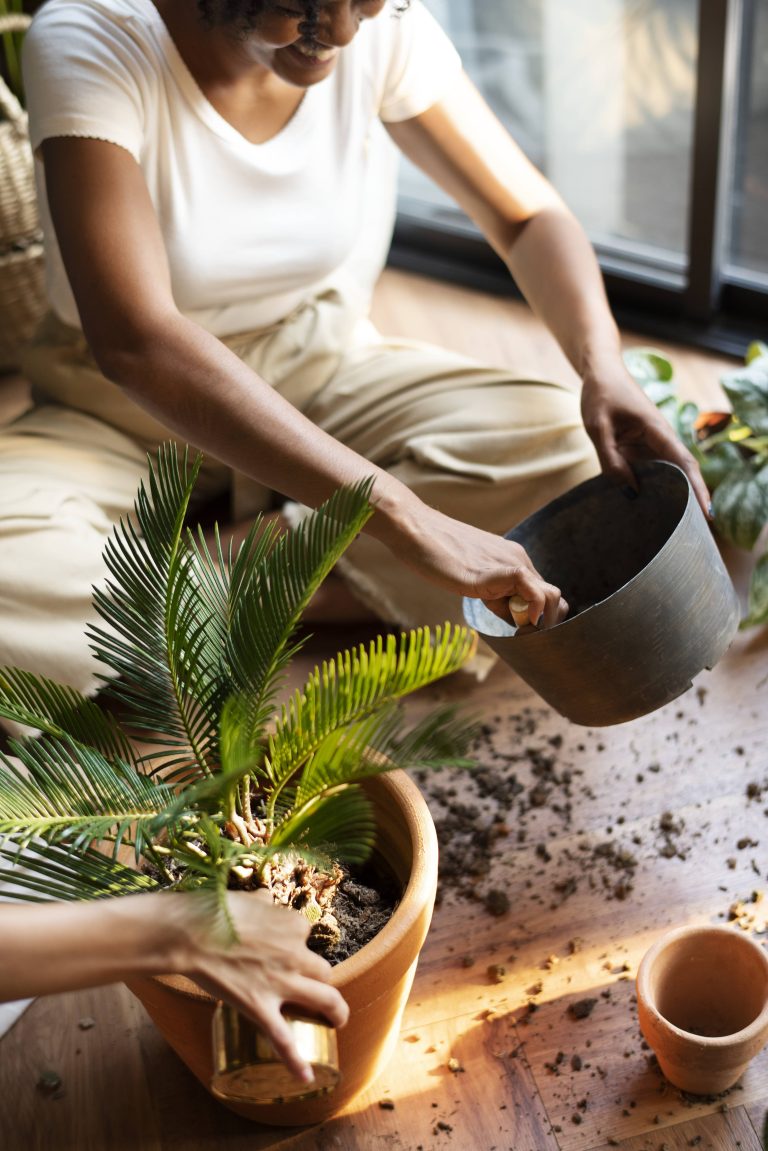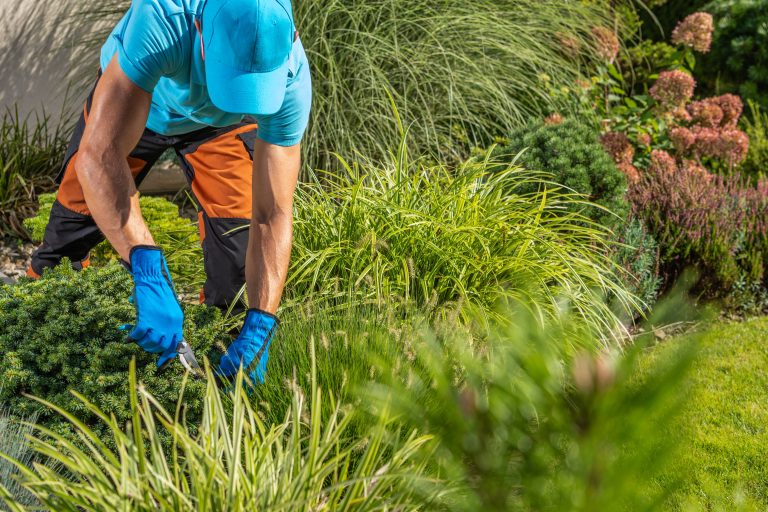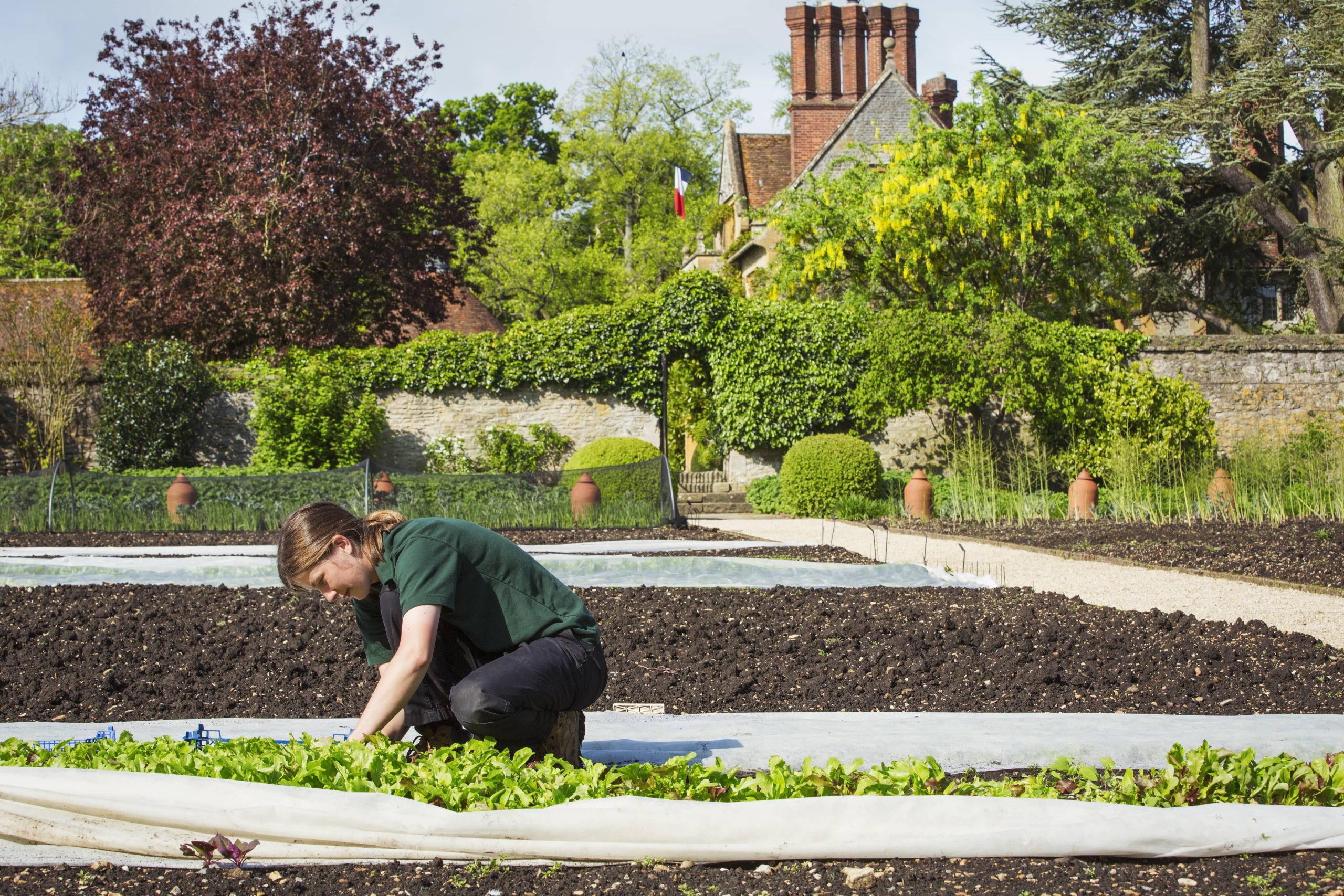
In the hustle and bustle of our everyday lives, we often forget about the quiet wonders of nature that surround us. One delightful way to reconnect with the natural world is by designing a garden that serves as a haven for birds, bees, and other beneficial creatures. Not only does this create a vibrant and lively outdoor space, but it also supports biodiversity, aids in pollination, and contributes to the overall health of the ecosystem. Here’s how you can transform your garden into a wildlife-friendly sanctuary teeming with birds and bees.
Understanding Your Wildlife Guests
Before diving into designing your garden, it’s important to understand the specific needs of the wildlife you aim to attract. Birds and bees are particularly drawn to environments that offer food, water, shelter, and nesting opportunities.
Birds are on the lookout for seeds, berries, insects, and nectar. They also need safe spots to perch and nest. Different species have different needs, so offering a variety of food sources and nesting options will bring a diverse array of avian visitors.
Bees, on the other hand, are primarily attracted to flowers that provide ample nectar and pollen. They’re instrumental in pollination, which is crucial for plant reproduction and thus the sustainability of your garden and beyond.
Choosing the Right Plants
The foundation of a wildlife-friendly garden lies in its plant selection. Opt for native plants, as they are better adapted to your local climate and soil conditions and tend to attract local wildlife species more effectively. Native plants often require less maintenance and water once established, making them an eco-friendly choice.
For Birds:
– Berry-producing shrubs and trees like elderberry, holly, and dogwood offer a natural food source.
– Seed-bearing plants such as sunflowers, coneflowers, and grasses can provide sustenance, particularly during the colder months when food is scarce.
– Flowering plants are great for attracting insects, which in turn become food for insectivorous birds.
For Bees:
– Select a variety of flowers that bloom at different times of the year to ensure a consistent supply of nectar and pollen. Examples include lavender, mint, and echinacea.
– Favor plants with single, open blooms, as they are easier for bees to access.
– Consider blue, yellow, and purple flowers, as these are particularly attractive to bees.
Creating Water Sources
Water is essential for all wildlife. For birds, a birdbath or small pond can attract numerous species seeking a place to drink and bathe. Ensure that water sources are kept clean and fresh to prevent the spread of diseases.
For bees, it’s important to have shallow water sources where they can land safely and take a drink without drowning. A simple solution is to set up a shallow dish filled with water and a few stones for the bees to land on.
Providing Shelter and Nesting Sites
Creating shelter and nesting spots will encourage birds and bees to make your garden their home rather than just a pit stop.
For Birds:
– Use shrubs, trees, and climbers to provide natural hiding spots and protection from predators.
– Install birdhouses or nesting boxes specific to the birds you hope to attract. Ensure they are the appropriate size and placed in predator-safe locations.
– Allow parts of your garden to grow wild. This might include a hedge or a pile of logs that can serve as nesting and shelter spaces.
For Bees:
– Many bees are solitary and nest in the ground or in hollow stems. Leave areas of undisturbed soil or provide a bee hotel with hollow stems or reeds for nesting.
– Minimize the use of pesticides as these chemicals can be harmful to bees.
Creating a Sustainable Environment
A truly wildlife-friendly garden is also sustainable. This means adopting eco-friendly gardening practices.
– Composting: Use kitchen scraps and garden waste to create natural fertilizer for your garden beds.
– Organic Gardening: Avoid chemical fertilizers and pesticides. Instead, use natural alternatives like compost, mulches, and organic pest controls.
– Water Conservation: Collect rainwater in barrels and use it to water your garden. Drip irrigation systems can also help minimize water use.
Observing and Enjoying Your Garden
Once your garden is established, take the time to observe the changes. You’ll likely notice new visitors, such as birds previously unseen in your area or an increase in butterfly and bee populations. This transformation can offer countless hours of enjoyment and learning opportunities for both adults and children.
Each bird’s song and bee’s buzz is a testament to the thriving ecosystem you’ve encouraged. Your garden not only becomes a personal refuge but an essential piece of the broader ecological puzzle, supporting wildlife and contributing to biodiversity.
Conclusion
Transforming your garden into a wildlife-friendly space is not only rewarding, but it’s also a crucial step in supporting our environment. By focusing on plants that provide food and shelter, offering water sources, creating nesting spots, and adopting sustainable practices, you can create a vibrant oasis that attracts and supports birds, bees, and other beneficial wildlife. Your garden will flourish with life and color, while you contribute positively to the natural world. Happy gardening!



